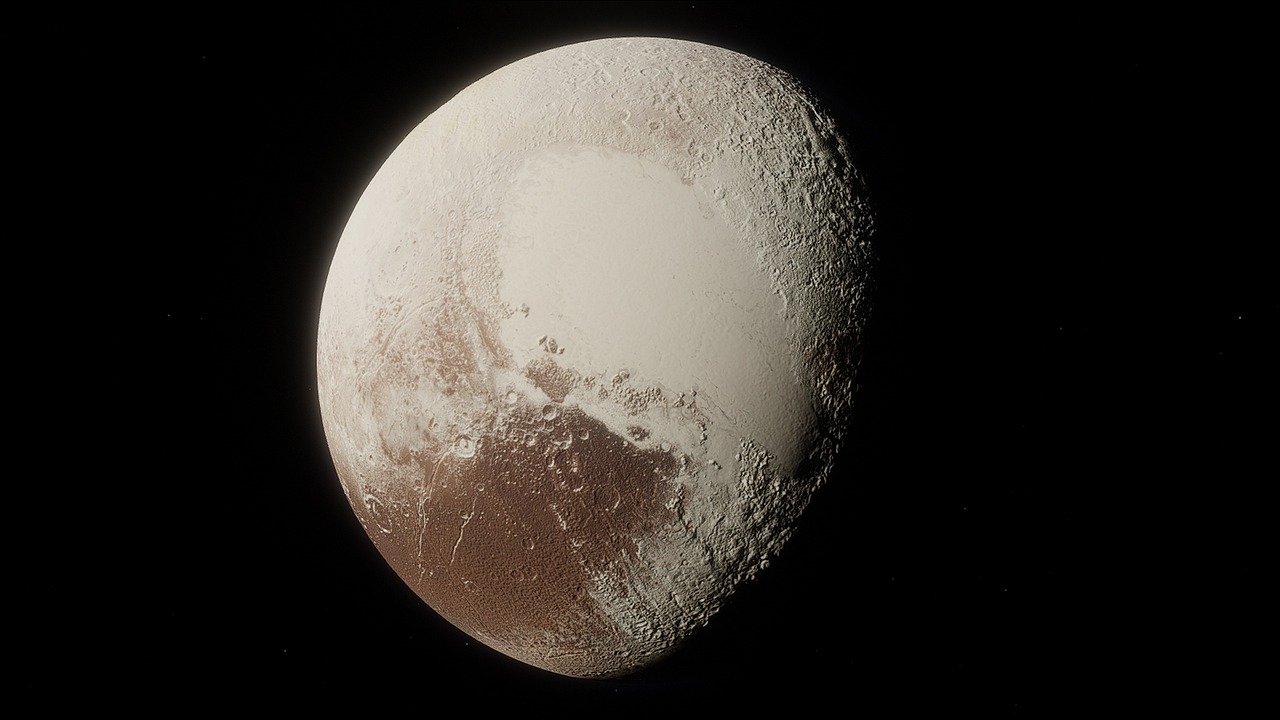A groundbreaking study reveals that Pluto and its moon Charon likely formed through a “kiss and capture” collision, challenging long-held theories of their origins.
Key Points at a Glance
- ‘Kiss and Capture’ Theory: Pluto and Charon briefly collided billions of years ago before separating into a stable orbit.
- Challenging Previous Models: The study disputes theories suggesting Charon formed from debris after a giant impact.
- Unique Composition: Pluto and Charon’s icy, rocky nature led to minimal damage during their collision.
- Geological Implications: Heat from the collision and tidal forces likely shaped Pluto’s surface features.
Pluto and Charon, one of the Solar System’s most enigmatic pairs, may have a history unlike any other. A recent study challenges the prevailing theory that Charon, Pluto’s moon, formed from a massive debris cloud after a catastrophic collision. Instead, scientists propose a “kiss and capture” mechanism, where the two bodies collided gently, stuck together briefly, and then separated into their current orbital dance.
The findings, led by planetary scientist Adeene Denton of the University of Arizona, suggest that this scenario is vastly different from the traditional “hit and run” or “graze and merge” models used to explain planetary collisions.
The study’s simulations reveal that Pluto and Charon behaved uniquely during their formation due to their icy and rocky composition, as opposed to the molten, “gooey” nature of Earth and the Moon during their early history. Unlike Earth’s Moon, which likely formed from debris ejected by a massive impact, Pluto and Charon remained largely intact after their encounter.
Pluto, with a diameter of 2,376 kilometers, and Charon, measuring 1,214 kilometers, are much smaller than Earth and the Moon. They are also far colder, consisting largely of ice and rock. These properties meant their collision caused minimal destruction, leaving both bodies mostly unchanged in composition.
During the collision, Pluto and Charon likely formed what scientists call a “contact binary,” where the two bodies briefly stuck together, similar to the lobes of Arrokoth, another distant object in the Solar System. Over time, they separated into a stable orbital system, with Charon settling at its current distance of 19,500 kilometers from Pluto.
This interaction also aligns with the observed alignment of Pluto and Charon’s orbital axes, which strongly suggests they originated from the same event. The study’s simulations perfectly replicated these properties, adding weight to the “kiss and capture” theory.
The study’s findings offer new insights into Pluto’s geological history. The heat generated by the collision and the tidal forces exerted by Charon could have played a crucial role in shaping Pluto’s surface features, including its icy plains and towering mountains.
Lead researcher Adeene Denton emphasized the significance of understanding these early interactions. “We’re particularly interested in how this initial configuration affected Pluto’s geological evolution,” she said.
The “kiss and capture” theory adds to the growing realization that planetary formation processes are more varied and complex than previously thought. By incorporating physical properties like density and material strength into their models, scientists are uncovering new ways to understand the origins of celestial bodies.
This discovery deepens our appreciation for the diversity of processes shaping the Solar System, from Earth’s molten collisions to Pluto and Charon’s icy embrace.
